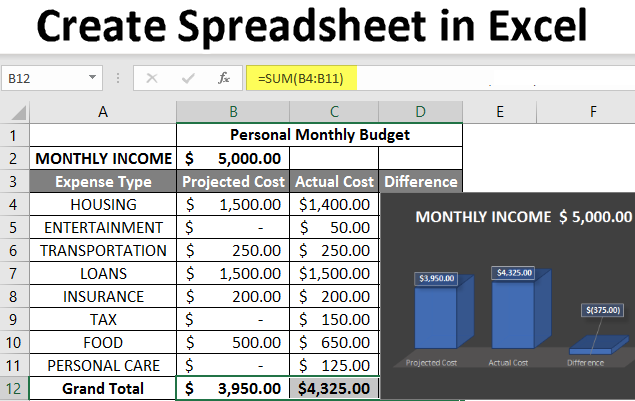Names as Arguments - MS-Excel Tutorial
Names as Arguments
As you have seen, functions can use cell or range references for their arguments. When Excel calculates the formula, it simply uses the current contents of the cell or range to perform its calculations. The SUM function returns the sum of its argument(s). To calculate the sum of the values in A1:A20, you can use
=SUM(A1:A20)
If you have defined a name for A1:A20 (such as Sales), you can use the name in place of the reference:
=SUM(Sales)
Full-Column or Full-Row as Arguments
In some cases, you may find it useful to use an entire column or row as an argument. For example, the following formula sums all values in column B:
=SUM(B:B)
Using full-column and full-row references is particularly useful if the range that you are summing changes if you continually add new sales figures, for instance. If you do use an entire row or column, just make sure that the row or column does not contain extraneous information that you don't want included in the sum.
You might think that using such a large range (a column consists of 1,048,576 cells) might slow down calculation time. Not true. Excel keeps track of the last-used row and last-used column and will not use cells beyond them when computing a formula result that references an entire column or row.










